Dr Manmohan Singh, Prime Minister of India has recently expressed concern over the ‘decline …
“Create synergy between the science and application of …
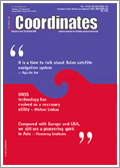
The ‘Namuru’ Open GNSS Research Receiver: An update PETER MUMFORD, KEVIN PARKINSON AND ANDREW DEMPSTER
National Forest Cover Assessment by the Forest Survey of India ALOK SAXENA
GPS based control points for mapping JAYANTA KUMAR GHOSH, OJASWA SARMA AND AMIT GOYAL
Global Positioning Systems versus Local Positioning Systems KRZYSZTOF KOLODZIEJ

In the last several years we have seen an explosion of consumer GPS products. Telematics systems, LBS applications on cell phones, GPS-enabled PDAs, and more novel GPS products such as pet finders have flooded the marketplace, with new products and applications announced almost daily. Likewise, public awareness of the potential utility of GPS has increased. Microsoft’s and Google’s entrance into the GPS and mapping market have helped accelerate consumer understanding and adoption of location technology. This is also causing a major demand among users of LBS technology to “show what is around me.” In a word, GPS is a general term in the marketplace to which consumers are accustomed in how they understand and explain all location-enabled products and applications. What’s interesting is that GPS is not even the positioning-enabling (or location-enabling) technology inside many of these new locationaware applications that are getting a lot of traction these days. Moreover, Google and the other online mapping consumer websites are a disruptive technology for GPS because they don’t require the use of GPS – users can either self provision by entering a street intersection or applications like Google Local and Microsoft Local Live use WiFi for location sensing to the nearest access point.

To carry out the infrastructural development in any area, topographical maps (accurate, reliable and updated) of that area are of vital important. Topographic maps are also important aids for administrative and strategic planning, disaster mitigation, socioeconomic development and other related activities. In order to prepare topographic map, it is prerequisite to have grid coordinates as well as elevations of control points.
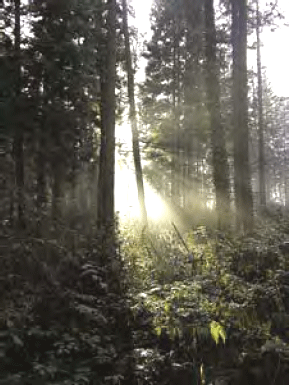
Space borne Remote Sensing technology has proved to be an important tool in rapid assessment and mapping of natural resources over a large area with reasonable accuracy. Application of satellite data in assessment of forest cover in India was first demonstrated by the National Remote Sensing Agency (NRSA), Department of Space, Hyderabad in 1985 when it came out with first ever estimate of country’s forest cover based on interpretation of Landsat (an American Satellite) data. Almost simultaneously, Forest Survey of India (FSI), Ministry of Environment & Forests started interpretation of satellite data for assessment of forest cover of the country and published country’s forest cover in 1987 using Landsat (MSS) data, the most reliable data at the time.



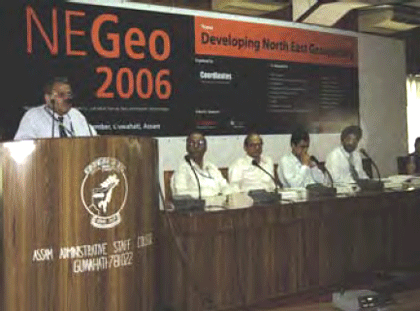
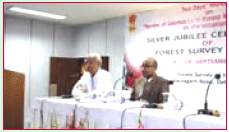

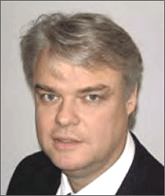







 (5.00 out of 5)
(5.00 out of 5)